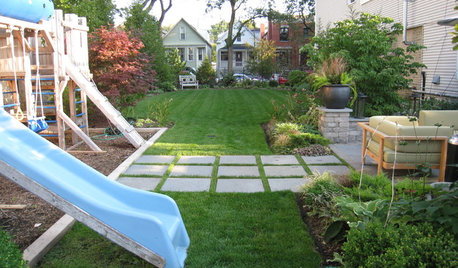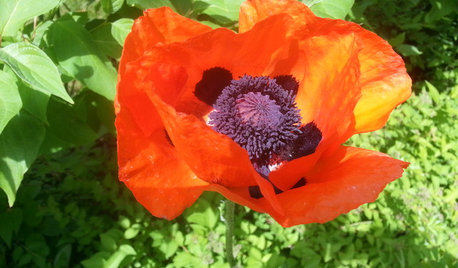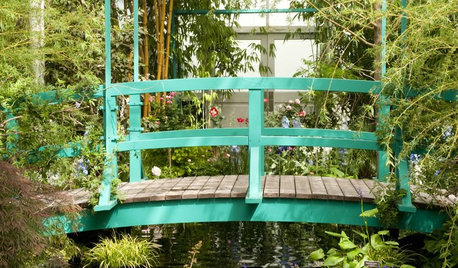teaching plant ID from images
bradmm
19 years ago
Related Stories

PETSWhat Chihuahuas Can Teach Us About Interior Design
Who knew these tiny dogs could be such a huge fount of design tips? Houzzers did
Full Story
DECORATING GUIDESWhat Matisse Can Teach Us About Interior Design
Learn to pack a punch with decor inspired by one of the most influential artists of the 20th century
Full Story
LIFE6 Tips for Teaching Your Kids to Be Good Neighbors
Everyone wins when your children learn to respect boundaries, get help when they need it and show others they care
Full Story
PETSGarden Alert: 22 Plants to Keep Away From Pets
Avoid potential danger by keeping dogs and cats away from these landscaping and houseplant favorites
Full Story
INSPIRING GARDENSWhat We Can Learn From Longwood Gardens’ New Meadow
Sustainability, ecology, native plant communities ... this public garden is brimming with lessons on horticulture for home gardeners
Full Story
GARDENING GUIDESBeautiful Flowers and Foliage From Dedicated Backyard Gardeners
From lawn daisies to topiaries, Houzz users share their backyard beauties
Full Story
FLOWERSLessons from Monet's Garden
See how to bring the impressionist painter's vision to life in your own landscape with these flower choices and garden design ideas
Full Story
INSPIRING GARDENSFrom Concrete Lot to Gracious Organic Garden in Seattle
Plants, pests and even weeds have a place in this landscape, which offers an edible bounty and a feast for the eyes
Full Story
FUN HOUZZDon’t Be a Stickybeak — and Other Home-Related Lingo From Abroad
Need to hire a contractor or buy a certain piece of furniture in the U.K. or Australia? Keep this guide at hand
Full Story
FEEL-GOOD HOME12 Very Useful Things I've Learned From Designers
These simple ideas can make life at home more efficient and enjoyable
Full Story






The_Mohave__Kid
bradmmOriginal Author
Related Professionals
Marco Island Landscape Architects & Landscape Designers · Woburn Landscape Contractors · Burien Landscape Contractors · Kettering Landscape Contractors · Lady Lake Landscape Contractors · North Richland Hills Landscape Contractors · San Carlos Park Landscape Contractors · San Pedro Landscape Contractors · West Covina Landscape Contractors · Northlake Landscape Contractors · Nashville Fence Contractors · Burbank Fence Contractors · Kirkland Fence Contractors · Piedmont Fence Contractors · Richmond Fence Contractorsbrooz
bradmmOriginal Author
albert_135 39.17°N 119.76°W 4695ft.
bradmmOriginal Author
serenoa
botanybob
bradmmOriginal Author
creatrix
rhizo_1 (North AL) zone 7
katycopsey